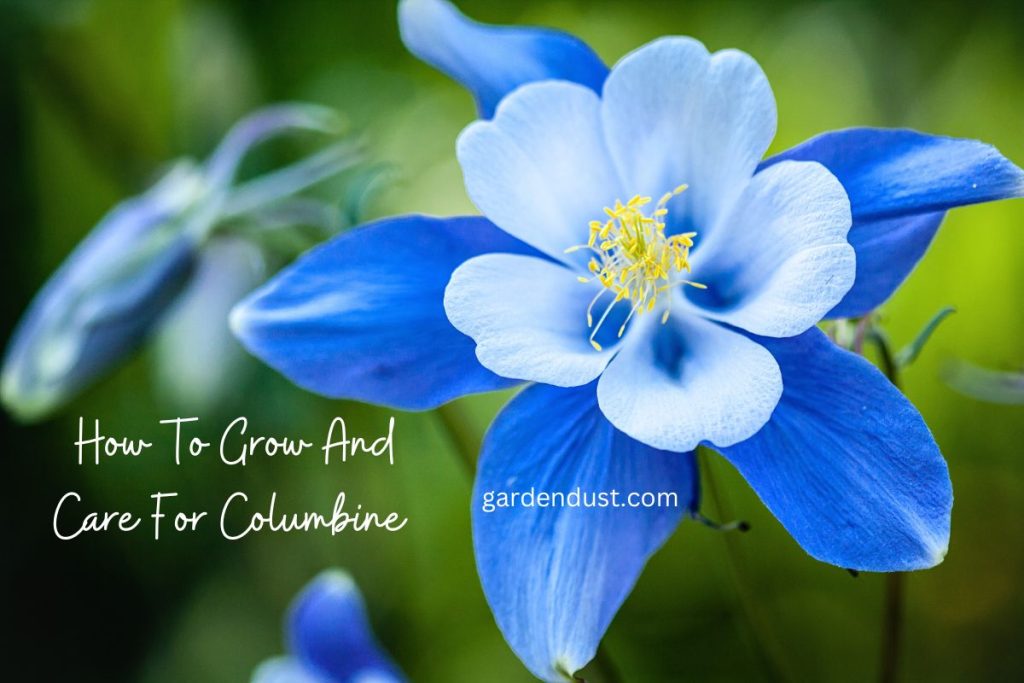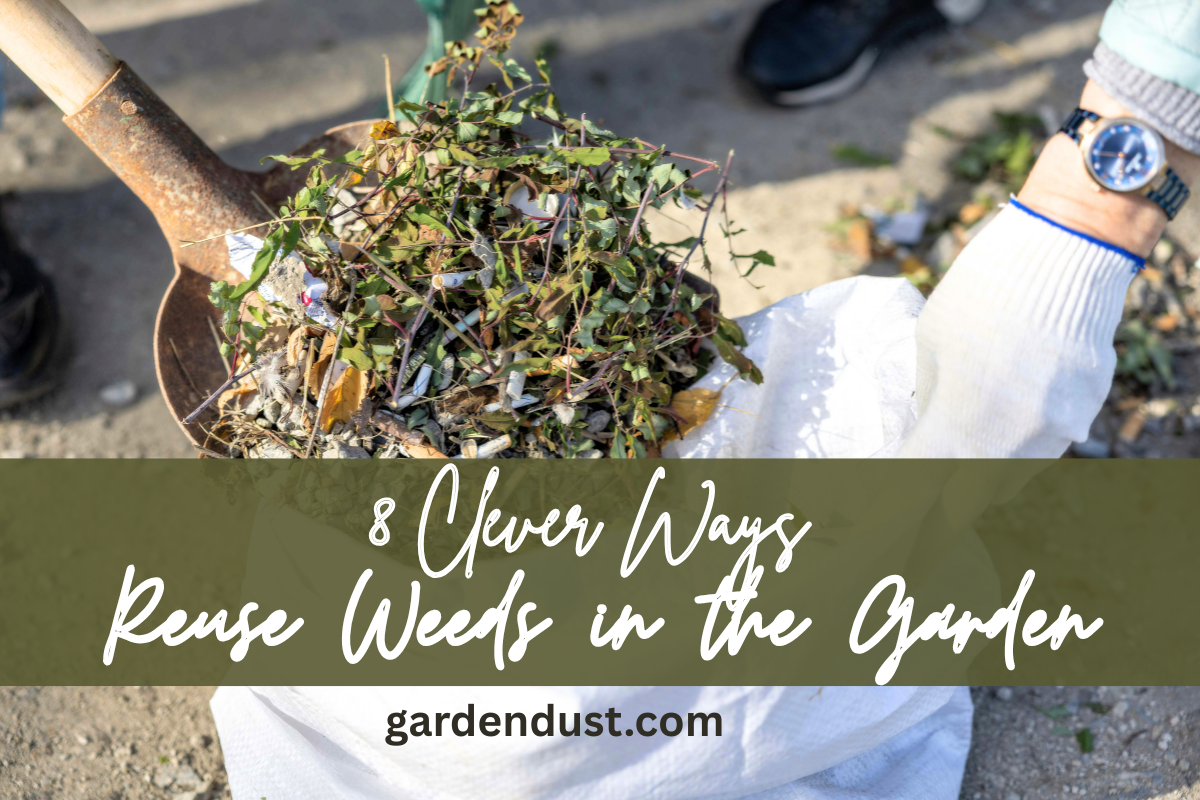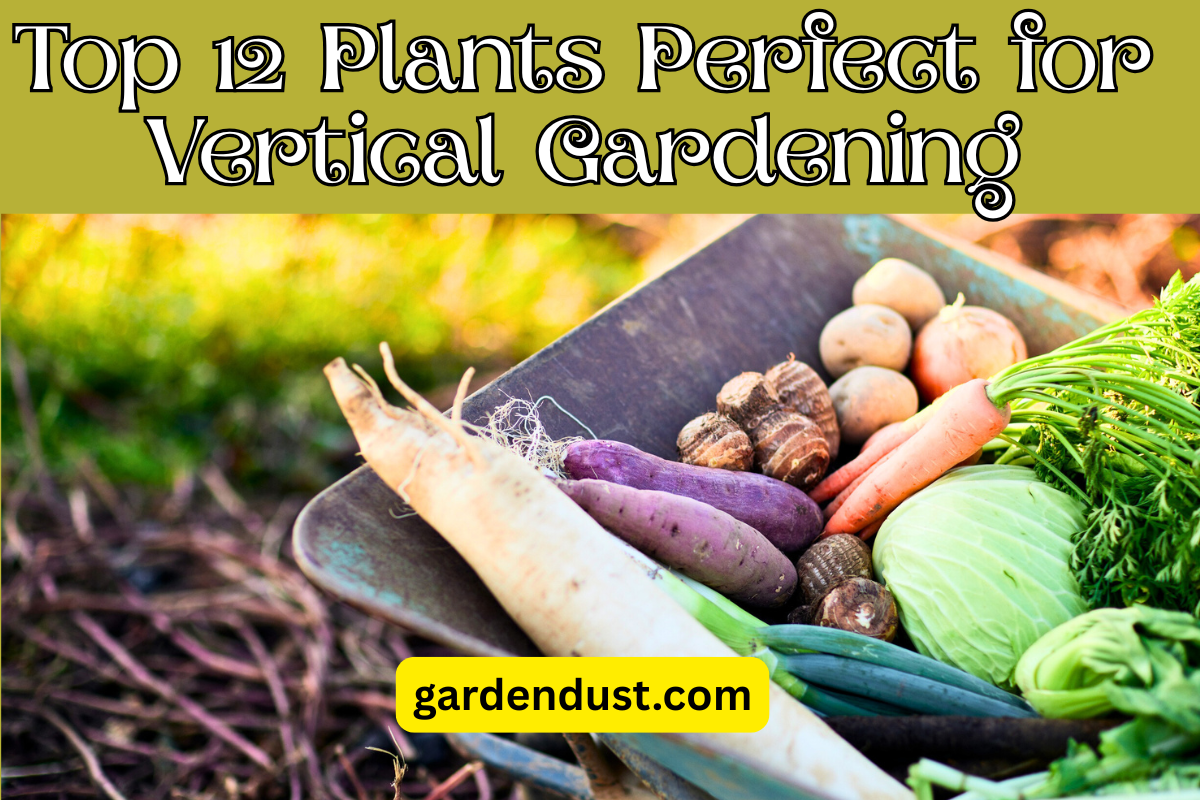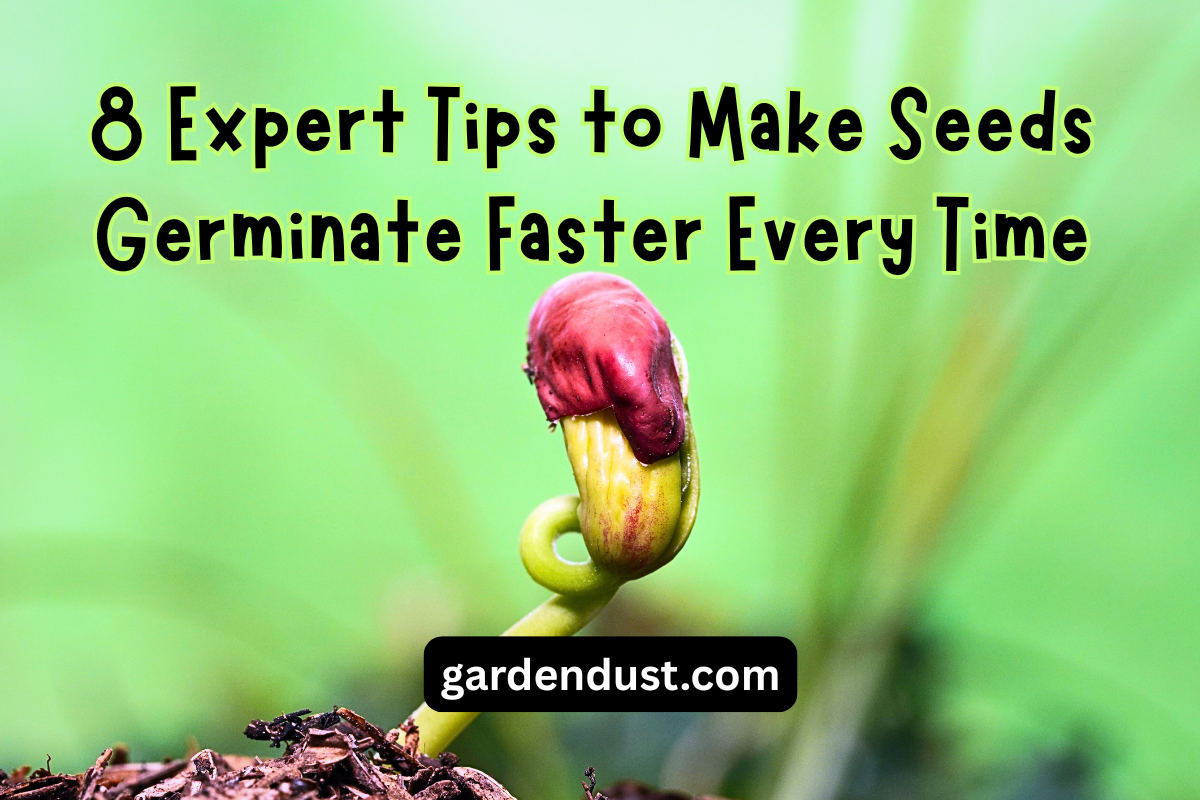Columbine, scientifically known as Aquilegia, is a charming and graceful perennial flower that adds a touch of elegance to gardens and landscapes. With its unique, bell-shaped flowers and delicate foliage, Columbine is a favorite among gardeners. Native to North America, Europe, and Asia, this plant comes in various species and cultivars, each offering a diverse range of colors and forms. In this guide, we’ll explore How To Grow And Care For Columbine (Aquilegia Spp.) in your garden. Let’s begin…
Grow And Care:-
Choosing the Right Location
Columbine thrives in partial shade to full sun, making it a versatile addition to different garden settings. It generally prefers well-draining soil enriched with organic matter. Choose a location that receives morning sun and afternoon shade for optimal growth, especially in regions with hot summers.
Planting
- Soil Preparation:
Prepare the soil by loosening it to a depth of about 12 inches. Incorporate compost or well-rotted manure to improve soil structure and fertility. Columbine prefers slightly acidic to neutral soil with a pH range of 6.0 to 7.0.
- Planting Depth and Spacing:
Plant Columbine seeds or nursery-grown plants in early spring or fall. Sow seeds at a shallow depth, about 1/16 inch, and lightly cover them with soil. If planting nursery-grown plants, space them about 1 to 2 feet apart, depending on the variety’s mature size.
READ ALSO:-How to grow and care for Allamanda Athartica
- Watering:
Keep the soil consistently moist during the growing season, especially when the plant is establishing itself. Water deeply and avoid overhead watering to prevent fungal diseases. Once established, Columbine is somewhat drought-tolerant, but regular watering will result in healthier plants and better flowering.
- Mulching:
Apply a layer of organic mulch around the plants to conserve moisture, suppress weeds, and maintain a more even soil temperature.
- Fertilization:
Fertilize Columbine in early spring with a balanced, slow-release fertilizer. Avoid excessive nitrogen, as it can lead to lush foliage at the expense of flowers. Follow the manufacturer’s recommendations for application rates.
- Pruning:
Columbine is generally low-maintenance when it comes to pruning. Deadheading spent flowers can encourage prolonged blooming and prevent self-seeding. In late fall, you can cut back the foliage to the ground to promote healthier growth in the next season.
- Dealing with Pests and Diseases:
Columbine is relatively resistant to pests and diseases, but some issues might arise:
- Aphids: These small insects can gather on new growth. Spray them off with a strong stream of water or use insecticidal soap if the infestation is severe.
- Leaf Miners: These pests create winding tunnels in the leaves. Prune and destroy affected leaves to prevent the spread.
- Powdery Mildew: This fungal disease can occur in humid conditions. Provide good air circulation and avoid overhead watering to prevent powdery mildew.
Division and Propagation
Columbine can be divided every 3 to 4 years in early spring or fall. Gently dig up the clump, separate the healthy sections, and replant them at the appropriate spacing. Seeds can also be collected and sown, but keep in mind that seed-grown plants may exhibit variation in flower color and form.
Winter Care
Most Columbine species are hardy perennials. In colder climates, a layer of mulch applied in late fall can help protect the plants’ roots from freezing temperatures.
Types Of Columbine
Columbine (Aquilegia spp.) is a diverse genus of flowering plants that encompasses a wide range of species and cultivars, each with its own unique characteristics, flower colors, and growth habits. Here are some popular types of Columbine:
- Aquilegia vulgaris (European Columbine): This species is native to Europe and is known for its nodding, bell-shaped flowers in shades of blue, purple, pink, and white. It’s a traditional cottage garden favorite and can grow up to 2-3 feet tall.
- Aquilegia canadensis (Eastern Red Columbine): Native to North America, this species features bright red and yellow flowers that attract hummingbirds and butterflies. It’s a shorter variety, usually reaching about 1-2 feet in height.
- Aquilegia chrysantha (Golden Columbine): Also known as the Rocky Mountain Columbine, this species is native to North America and produces striking yellow flowers with long spurs. It’s the state flower of Colorado.
- Aquilegia caerulea (Colorado Blue Columbine): Another Colorado native, this Columbine species is characterized by its blue and white flowers that resemble a blue sky with white clouds. It’s a larger variety that can grow up to 2-3 feet tall.
- Aquilegia alpina (Alpine Columbine): This species is found in alpine regions of Europe and features delicate blue or purple flowers. It’s well-suited for rock gardens and other alpine-style plantings.
- Aquilegia flabellata (Fan Columbine): Native to Japan, this species produces small, compact plants with flowers in various colors, including blue, purple, pink, and white. The flowers have short spurs and a distinct fan-like shape.
- Aquilegia hybrids (Cultivated Varieties): There are numerous hybrid cultivars of Columbine available, offering an incredible range of flower colors, shapes, and sizes. Some popular hybrids include ‘Nora Barlow’ with unique double flowers, ‘McKana’s Giants’ with large, vibrant blooms, and ‘Songbird’ series known for their compact growth and rich colors.
- Aquilegia atrata (Dark Columbine): Native to the Alps, this species stands out for its dark purple-black flowers. It’s a rare and unusual type of Columbine that adds a touch of drama to gardens.
- Aquilegia desertorum (Desert Columbine): Found in North American desert regions, this species features yellow flowers with long spurs. It’s adapted to hot and arid conditions.
- Aquilegia canadensis ‘Little Lanterns’: This is a compact cultivar of the Eastern Red Columbine, perfect for smaller gardens or containers. It retains the vibrant red and yellow flowers in a more manageable size.
These are just a few examples of the diverse types of Columbine available. With so many species and cultivars to choose from, you can select Columbines that suit your garden’s theme, color palette, and growing conditions. Whether you’re drawn to the classic charm of traditional varieties or the excitement of unique hybrids, Columbines are sure to bring beauty and elegance to your outdoor space.
Propagation: Methods and Tips
Columbine (Aquilegia spp.) is a versatile and attractive perennial plant that can be propagated through various methods, including seeds, division, and occasionally cuttings. These propagation techniques allow you to expand your garden with new Columbine plants and share their beauty with others. Here’s a detailed guide on how to propagate Columbine successfully:
1.Seed Propagation:
Propagation from seeds is the most common method for growing Columbine, as it allows for a wide range of color and form variations. Here’s how to do it:
- Seed Collection:
- Allow the spent flowers on the plant to mature and form seedpods. These pods will turn brown and dry as the seeds inside ripen.
- Harvest the seedpods before they split open, as this will prevent them from dispersing their seeds naturally.
- Seed Preparation and Sowing:
- Gently crush the dried seedpods to release the seeds. Collect the seeds and remove any chaff or debris.
- Sow the seeds indoors in late winter or early spring, about 8-10 weeks before the last expected frost date. You can also sow them directly outdoors in the fall.
- Sow the seeds on the surface of a well-draining seed-starting mix and lightly press them into the soil. Do not cover the seeds with soil, as they require light to germinate.
- Mist the soil surface to moisten it, and cover the container with plastic wrap or a clear plastic lid to create a mini greenhouse effect.
c. Germination and Transplanting:
- Place the container in a bright location with indirect sunlight. Maintain a consistent temperature around 60-68°F (15-20°C).
- Germination typically takes 2-4 weeks. Once the seedlings have developed their first true leaves, they can be transplanted into individual pots.
- When the seedlings are large enough and the weather is suitable, transplant them into the garden or larger containers.
2.Division:
Division is another effective way to propagate Columbine and rejuvenate older plants. Here’s how to do it:
- Timing:
- Divide Columbine plants in early spring or early fall, when they are not in active growth.
- Choose healthy, mature plants that have been growing for a few years.
- Division Process:
- Gently dig up the entire plant, taking care not to damage the roots.
- Shake off excess soil to expose the root system.
- Use a clean and sharp knife or garden spade to carefully divide the plant into smaller sections. Each section should have a portion of the root system and several healthy shoots.
- Replant the divisions at the same depth as they were previously planted.
3.Cuttings (Advanced Method):
While not as common as seeds or division, Columbine can also be propagated from cuttings. This method requires a bit more skill and attention:
a. Timing:
Take cuttings in late spring or early summer when the plant is actively growing.
b. Cutting Preparation and Propagation:
- Select healthy side shoots with several sets of leaves.
- Using a sharp, clean knife or scissors, cut a 4-6 inch (10-15 cm) section of the stem just below a leaf node.
- Remove the lower set of leaves, leaving a few leaves at the top.
- Dip the cut end in rooting hormone to encourage root development.
- Plant the cuttings in a container filled with a well-draining rooting medium, such as a mix of perlite and peat moss.
- Place the container in a warm, bright location with indirect sunlight.
- Mist the cuttings regularly to maintain high humidity and encourage root growth.
- Once the cuttings have developed roots and are actively growing, they can be transplanted into larger pots or the garden.
Propagation Tips:
- Label your seedlings or divisions if you’re growing different Columbine varieties to avoid confusion.
- When sowing seeds, consider stratification (a cold treatment) by placing the seeds in the refrigerator for a few weeks before sowing. This mimics natural winter conditions and can improve germination rates.
- Keep seedlings and young plants well-watered, but avoid overwatering, which can lead to fungal issues.
- Patience is key when propagating Columbine. Germination and root development may take some time, so be prepared for a waiting period.
- With these propagation methods, you can easily multiply your Columbine plants and enjoy their beauty in various parts of your garden or share them with fellow gardening enthusiasts. Remember that each method has its own requirements and challenges, so choose the one that suits your skills and resources best.
Columbine is a captivating perennial that adds a touch of whimsy to any garden. With its unique flowers and easy-care nature, it’s an excellent choice for both novice and experienced gardeners. By providing the right growing conditions, including proper sunlight, well-draining soil, and adequate moisture, you can enjoy the beauty of Columbine in your garden year after year. Whether used as a border plant, in rock gardens, or as part of a cottage-style landscape, Columbine is sure to delight with its delicate beauty and charm. Happy Gardening…
FAQ
Can Columbine be grown in full sun or does it require shade?
Columbine prefers partial shade to full sun. In regions with hot summers, it’s recommended to provide afternoon shade to protect the plants from intense sunlight.
When is the best time to divide my Columbine plants?
Divide Columbine plants in early spring or early fall, when they are not actively growing. This helps rejuvenate older plants and encourages new growth.
Do Columbine plants attract pollinators?
Yes, Columbine flowers are known to attract bees, butterflies, and hummingbirds with their nectar-rich blooms. They can contribute to pollinator-friendly gardens.
Can I grow Columbine in containers?
Yes, Columbine can be grown in containers, especially if you choose a compact or dwarf variety. Ensure the container has good drainage and use a well-draining potting mix. Remember to water containers more frequently than plants in the ground.
Can I grow Columbine indoors as a houseplant?
Columbine is primarily an outdoor perennial plant. While you can start seeds indoors to get a head start on the growing season, it’s generally not suitable as a long-term houseplant due to its specific light and temperature requirements.






